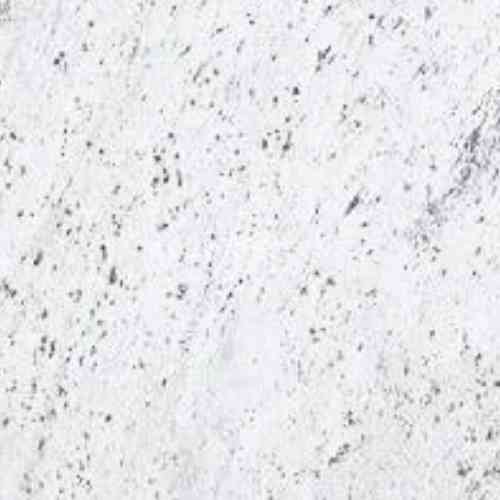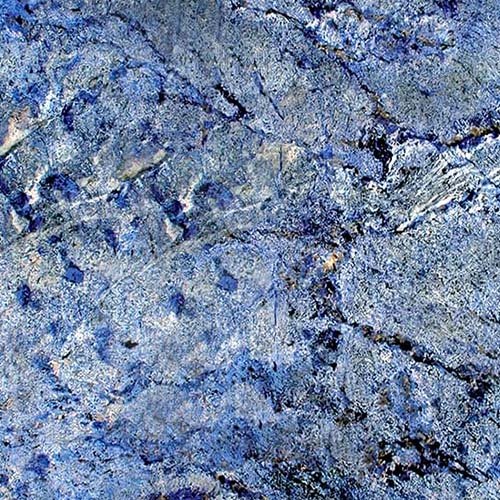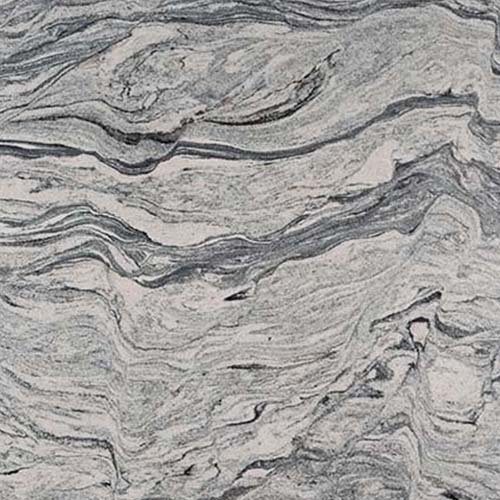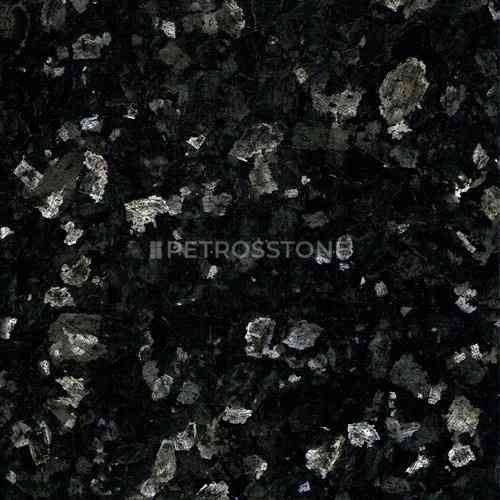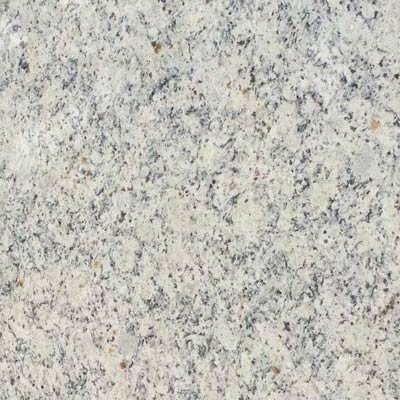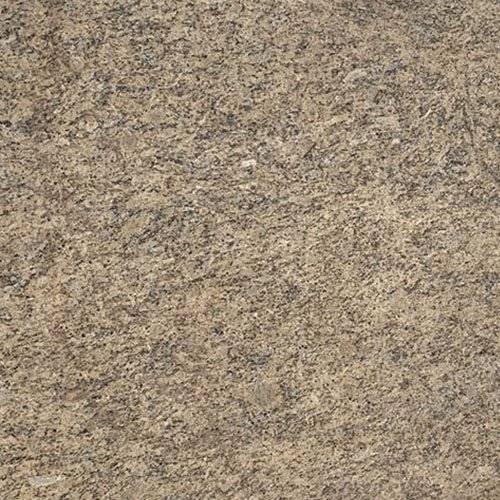
Here are the Best Materials for Water Fountains (Indoor use)
- Marble
- Soapstone
- Slate
- Ceramic
Here are the Best Materials for Water Fountains Outdoor Use)
- Granite
- Sandstone
- Limestone
- Marble
- Concerete
With several options available in the market, picking the right material and design can feel like searching for a needle in a haystack. But don’t you worry; we have got you covered with our guide – to not only help you find the right water fountain material, but also the figuring out the cost and where to buy these water fountains from.
- Why Natural Stone Water Features Are Better?
- What Are the Best Materials for Stone Water Fountains?
- Best Materials for Indoor Fountains
- Things to Consider Before Choosing the Right Material for Your Fountain
- Cost of Making a Stone Water Fountain in India
- Factory Cost Of Water Fountains
- How Do You Maintain a Water Fountain?
- Need More Help?
- Commonly Asked Queries!
Why Natural Stone Water Features Are Better?

Natural stones bring a touch of nature to your place, which makes your water look fountain and looks more peaceful. Unlike artificial materials, they mix well with gardens, are long, and give a unique, timeless attraction.
Best Flat Stones for Water Features
| Options | Slate, Sandstone, and Limestone are common choices. |
| Where to Get | Local stone suppliers (Petrosstone), garden centers, or online stores. |
| Are They Any Good? | Yes! They create a natural look, are easy to arrange, and water flows beautifully over them. |
| Why to Avoid? | They can collect moss and algae, which makes them slippery and harder to clean. |
Best Large Stones for Water Features
| Options | Granite, Basalt, and River Boulders work best. |
| Where to Get | Stone yards, landscape supply stores, or quarry sites. |
| Are They Any Good? | Absolutely! They last long, look stunning, and make water features stand out. |
| Why to Avoid? | Moss and algae can build up over time. So, they can be hard to maintain. Plus, they are heavy to move. |
What Are the Best Materials for Stone Water Fountains?
Fountains come in shapes, sizes, and styles too many to count, but choosing the right material is the foundation of your fountain to last years of enjoyment. Stone fountains demand stone of the highest durability to withstand the elements while retaining their allure. Consider granite for its timeless sophistication or limestone’s rugged charm. With the proper material and construction, your fountain can stand as a focal point of beauty for generations
Outdoor Fountains:
- Granite
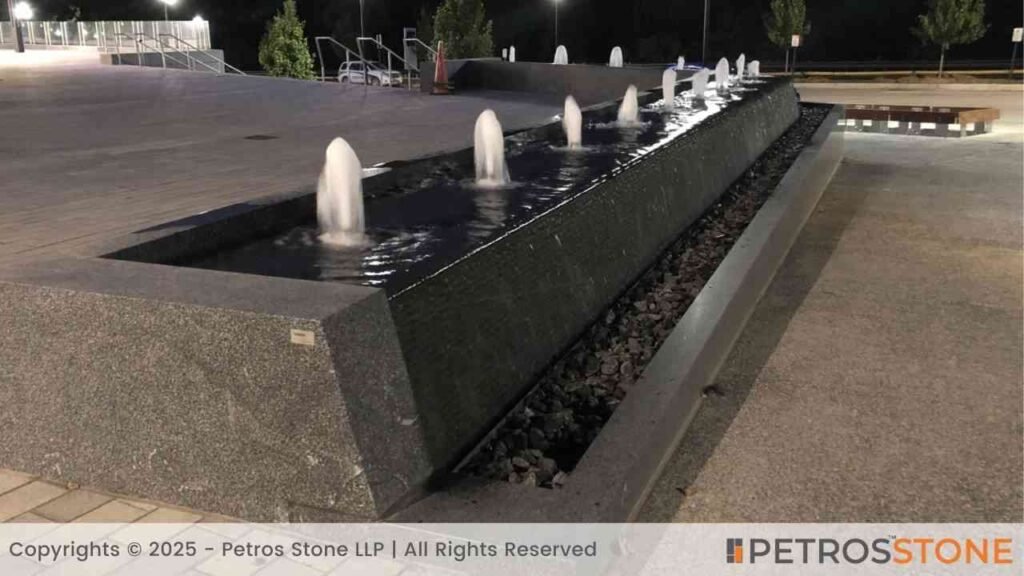
The stone is recognized for its vast endurance and exceptional performance, even in rough weather regions. Granite fountains are certainly manufactured from a weather-resistant material capable of withstanding extreme rains, heat, and cold with no adverse impact. There is absolutely zero evidence to disagree with the statement that they are appropriate for outdoor environments.
- Limestone

This has a nice, natural look. It comes off pretty strong but can get damaged in bad weather conditions. However, its rustic appearance and earthy charm can enhance the elegance of your gardens or patios.
- Sandstone
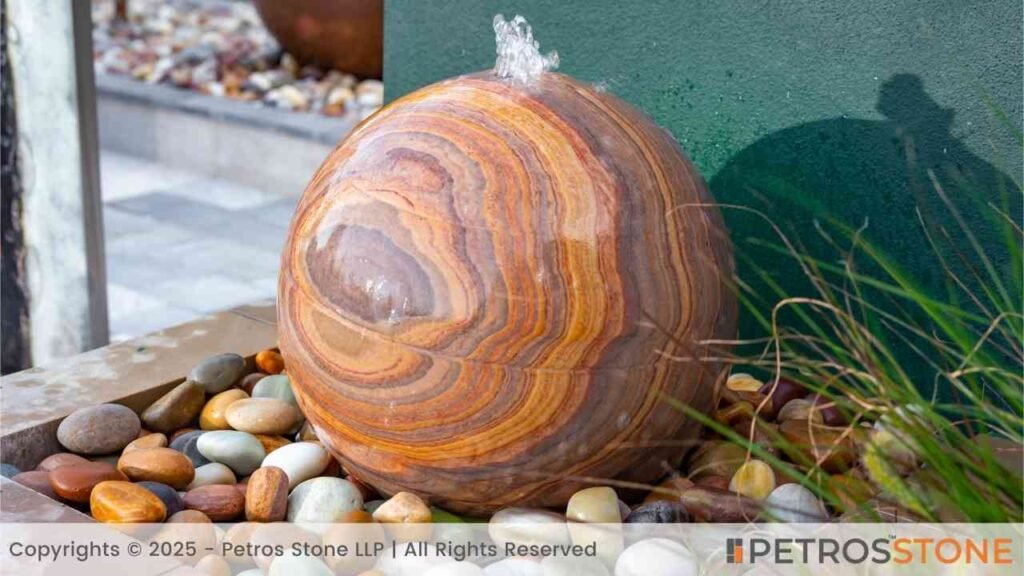
People really gravitate towards Sandstone, as it comes off smooth and in different colors. It handles weather okay, but you need to take care of it so it doesn’t get all worn out.
- Marble

It is good on record that a lot of people use marble for a variety of decorative purposes. That is why it makes a wonderful outdoor marble base. The positive side is that it can withstand harsh weather conditions. You will, however, have to pay some attention towards it more than some other stones that we have just talked about.
- Concrete (Stone-Coated)

This substance has the benefits of being affordable, being molded into diverse shapes and structures, being great for outdoor utilization, and mimicking the appearance of natural stone.
Best Materials for Indoor Fountains

- Marble: Along with being a good option for outdoor fountains, marble is also a winner when you are installing fountains inside. It adds to the aesthetics of your space, providing a more luxe as well as timeless look to its interior. Moreover, since it is durable, you don’t need to care about its maintenance regularly.
- Soapstone: It is softer than all the other stones available in the market because it has a high talc content. Its soapy texture, non-porosity, and heat resistance feature make it a perfect material for indoor fountains.
- Slate: If you are looking for something sleeker, which has a bit of edge, then slate is your go-to option. It is superb at handling the damp indoor air without any problems. Plus, it’s a good sign that they are lightweight, budget-friendly, and easy to maintain.
- Ceramic-Coated Stone: Perhaps you are only looking for an option that isn’t heavy on the pockets; ceramic-coated stone is the right answer for you. These stones are lightweight and easy to maintain and can give a natural, elegant look to your water fountains.
Things to Consider Before Choosing the Right Material for Your Fountain
The whole point of choosing the right material for your fountain is not just about what looks pretty! You have to think about how the while idea will work in your space or home. The aesthetic look of the stone won’t decide how the fountain will perform, you will have to keep the following things in mind.
1. Porosity

You may have heard about porosity in hair care routines, but the stones we’re discussing also have porosity. This term basically means how much water a stone can absorb. If your choice of stone is susceptible to soaking up too much water, it can quickly get stains and mold growth. That’s why you should avoid picking highly porous stones for your fountains. Fortunately, stones like granite or slate don’t soak up much, so they stay looking nice.
2. Weather Resistance
If you are installing an outdoor water fountain, perhaps the biggest consideration should be whether or not the material will resist the weather. For example, if you live in an area with a lot of rain or frigid temperatures, you would want to select a material that will hold up in these cracking or deteriorating conditions. We recommend granite and concrete fountains for this reason, as other materials may not survive the elements. Opting for softer stones, like limestone, will result in quick break down.
3. Heat Resistance
Got a spot that gets direct sunlight all day? You better pick a stone that can handle all the heat without cracking or fading. Options like granite and marble stay looking good even when they are baked in the sun all day.
4. Hard Water & Stain Resistance

If you have hard water in your area that’s saturated with calcium and magnesium, know that it’ll eventually leave stains and build-up on your fountain. Some stones, such as quartzite, granite, and marble, are not as susceptible to staining. Conversely, other stones might drink up all the minerals and become quite mottled.
5. Aesthetic Appeal

Of course, aesthetics matters. Your fountain’s gonna be something everyone notices, so pick something that matches your style. If you want a rustic vibe, choose sandstone. Need a modern and sleek look? Go for Slate.
6. Weight and Size
Just as there are a variety of designs, the stones also vary in terms of weight and size. Just so you know, some of these stones are crazy heavy! You might need extra help depending on what material you choose. So decide in accordance with your space and how big of a statement you wanna make.
7. Cost
Different stones will hit your pocket differently, as they are tagged with varied prices. Marble and granite cost more than concrete and limestone. Before you fall in love with the pricey stuff, just be honest with yourself about what you can afford.
Cost of Making a Stone Water Fountain in India

Let’s talk cash! How much you will have to pay out of your pocket for your dream stone water fountain in India depends on its size, what it’s made from, and how fancy the design is. Here’s a rough idea:
Factory Cost Of Water Fountains
| Fountain Size | Height Range | Price (USD) | Price (INR) | Notes |
|---|---|---|---|---|
| Small | 1–3 ft | $100–$300 | ₹8,300–₹24,900 | Ideal for compact spaces or indoor use |
| Medium | 3–5 ft | $300–$750 | ₹24,900–₹62,250 | Suitable for gardens and patios |
| Large | 5+ ft | $750–$2,000+ | ₹62,250–₹1,66,000+ | Grand installations for expansive areas |
How Do You Maintain a Water Fountain?

So far, we have only discussed the first step of getting a stone water fountain. The real work is in keeping it look good for years!
- Make sure you clean the fountain regularly. We recommend giving it a good scrub every couple of weeks to prevent mold growth and other dirty buildup. Just use a soft cloth and some regular soap- nothing fancy.
- Once every month, go and make sure the pump is still pushing the water how it is supposed to. If there’s no movement in the water, there are chances of clogged up materials. Just a brush or a cloth is enough to get rid of the buildup gunk.
- Water evaporates after a while, so always make sure to fill up your fountain when necessary. Otherwise, the pump will burn from running dry.
- If winter gets really frigid where you live, it’s best to go ahead and drain out your fountain before the temperature drops. You could also drape the fountain or put the pump inside so it’s protected from the cold
- Regularly look for cracks or chips, especially with softer stones like limestone. Fix any damage right away before small problems turn into big ones.
Need More Help?
So there you have it, an ultimate guide to choosing the best stone water fountains in India. You can transform your space by adding something as simple as this. But, in order to ensure that it brings a vibe of serenity to your home, making all the right choices when selecting the raw materials is essential. So, when you’re shopping for one, consider everything we discussed, plus your price range and where you’ll put it.
Wanna install a small indoor fountain or a large outdoor centerpiece? You can pick the best stones for fountains from Petrosstone. Our team will also give suggestions to make the best choice and create a stunning focal point that adds beauty and tranquility to your home. Don’t wait any longer; check out our affordable stone collection now!
Commonly Asked Queries!
Q. What can keep the water in a fountain clean and clear?
Use water clarifier to keep the water clean and always remember to change the water daily to avoid build-up.
Q. Which stone is most resistant to water?
In terms of being the most water repellent, the titles go to granite and quartzite, as they are not water absorbers and do not retain any harmful substances.
Q. Which stone should I use for the water fountain?
If you want a water fountain, then you can confidently go for granite stones as the material. It is durable and gives an elegant look.
Q. Is it good to have a fountain at home?
Absolutely! Indoor or outdoor fountains installed at home not only promote aesthetics but also bring positivity according to Vastu principles.
Q. What’s the best color for a fountain?
Almost every hue of your liking will be good, though natural and soft themes behind such as white, gray, and light brown are best for fountains.
Q. What are the common raw materials used for fountains?
The stones that give beautiful looks and peaceful vibes for water fountains are marble, granite, and limestone.
Feel free to get in touch for a free consultation, quote, and get a detailed understanding from our experts here at Petros®. Visit https://petrosstone.com/ or call +91-8446360361 and WhatsApp

Hi, I’m Manu Kumar. A Digital Media student at MIT ADT University and currently interning at Petros® Stone. I’m passionate about exploring the intersection of creativity and strategy, and I’m learning the ropes of marketing by contributing to real-world campaigns and content.
White Galaxy Granite
Blue Bahia Granite
Silver Cloud Granite
Black Pearl Granite
Dallas White Granite
Santa Cecelia Granite

